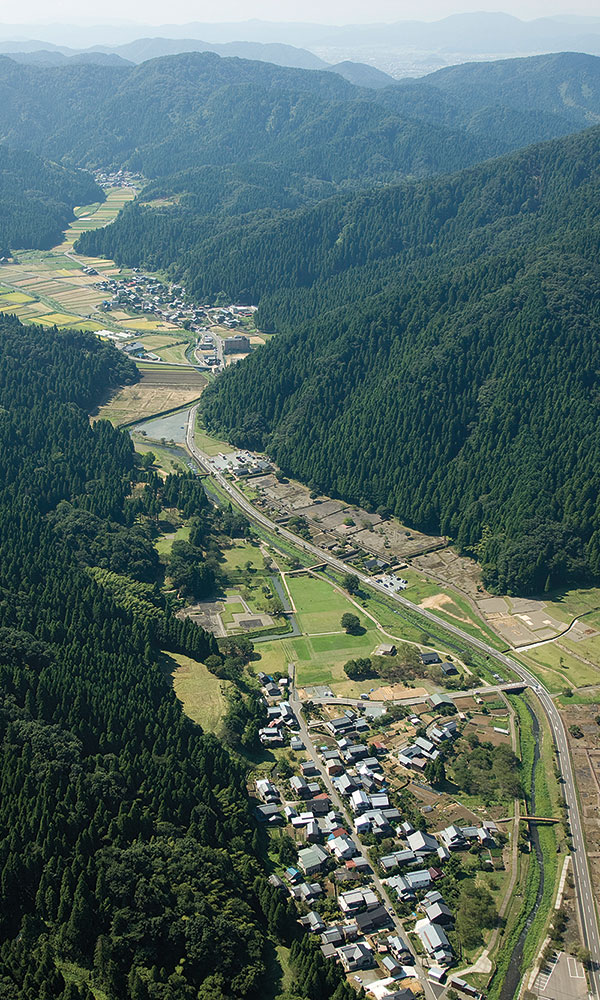PŁOCK CASTLE, POLAND—Scholars have long debated the origins of the House of Piast, Poland’s first royal dynasty, who ruled the nation from the tenth through the fourteenth century. Some believe they were Slavic nobles, others Moravian exiles, and still others say they were Viking warriors. The Conversation reports on new DNA analysis that has revealed shocking new information concerning the Piasts’ genetic background that might potentially rewrite history. Researchers led by molecular biologist Marek Figlerowicz of Poznań University of Technology extracted DNA from 33 individuals, 30 men and three women, belonging to the Piast dynasty. Most of the deceased, who lived between 1100 and 1495, had been buried in central Poland's Płock Cathedral. Almost all the male skeletons carried a group of rare Y-chromosome variations that closely resembles populations in Britain. The closest match was to an ancient Pict individual who lived in eastern Scotland in the fifth or sixth century. These results imply that the dynasty’s paternal line was not local, but had arrived from the vicinity of the North Atlantic, though researchers do not know when. This could have happened just prior to the ascent of the first Piast ruler, Mieszko I (reigned a.d. 960–992), or centuries earlier. The study notes that previous DNA analysis indicated that the genetic background of the broader Polish population had remained stable since the Iron Age. Although the ruling family may have had some foreign roots, the Poles themselves had well-established local genetics. For more about medieval Poland, go to "Viking Knights, Polish Days."
DNA Study Suggests Surprising Origins of Poland's First Royal Family
News June 19, 2025
Recommended Articles
Digs & Discoveries November/December 2025
A Familiar Face
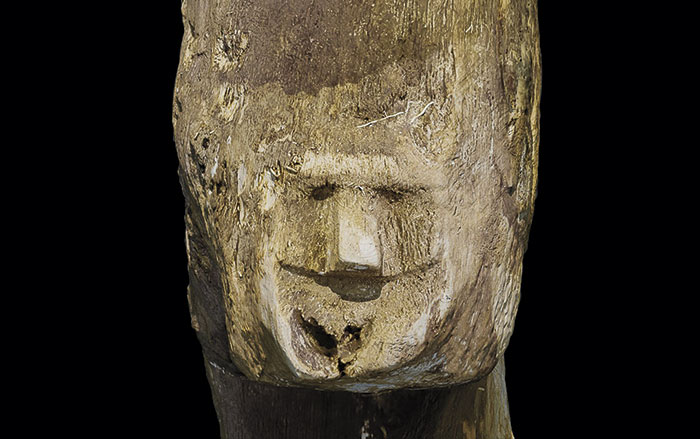
Letter from Poland November/December 2024
Remembering an Unspeakable Crime
Excavations of a mass grave expose evidence of Nazi-era massacres
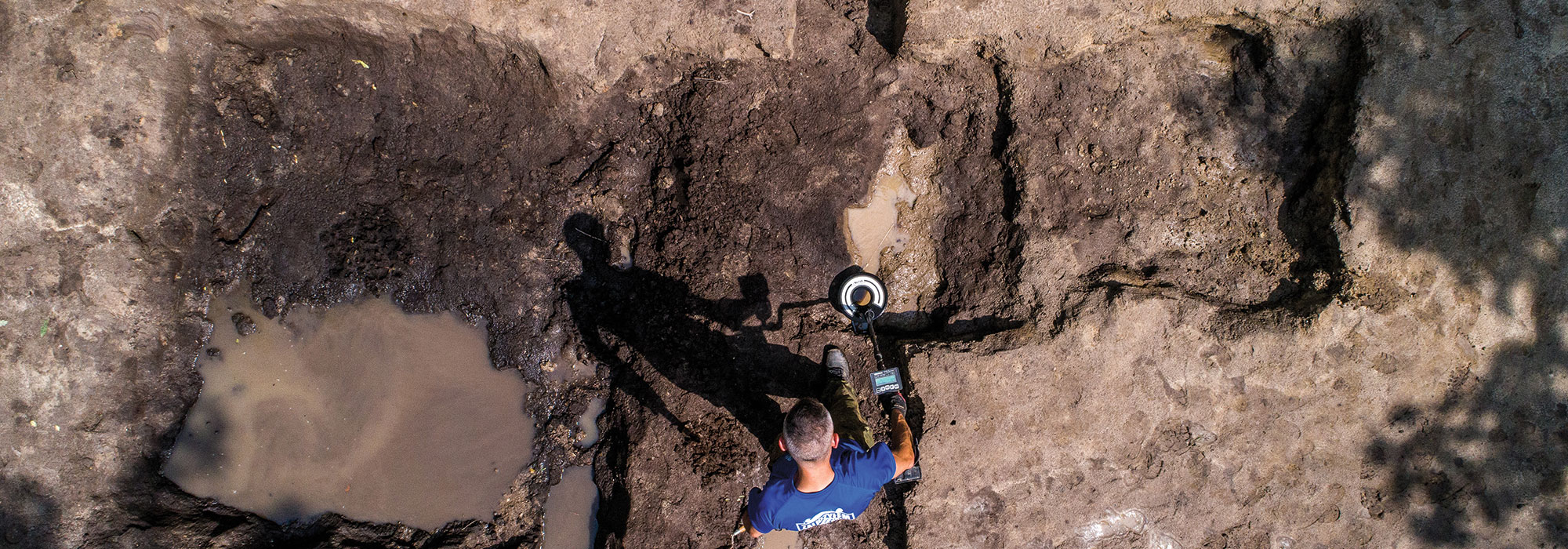
Top 10 Discoveries of 2020 January/February 2021
Largest Viking DNA Study
Northern Europe and Greenland
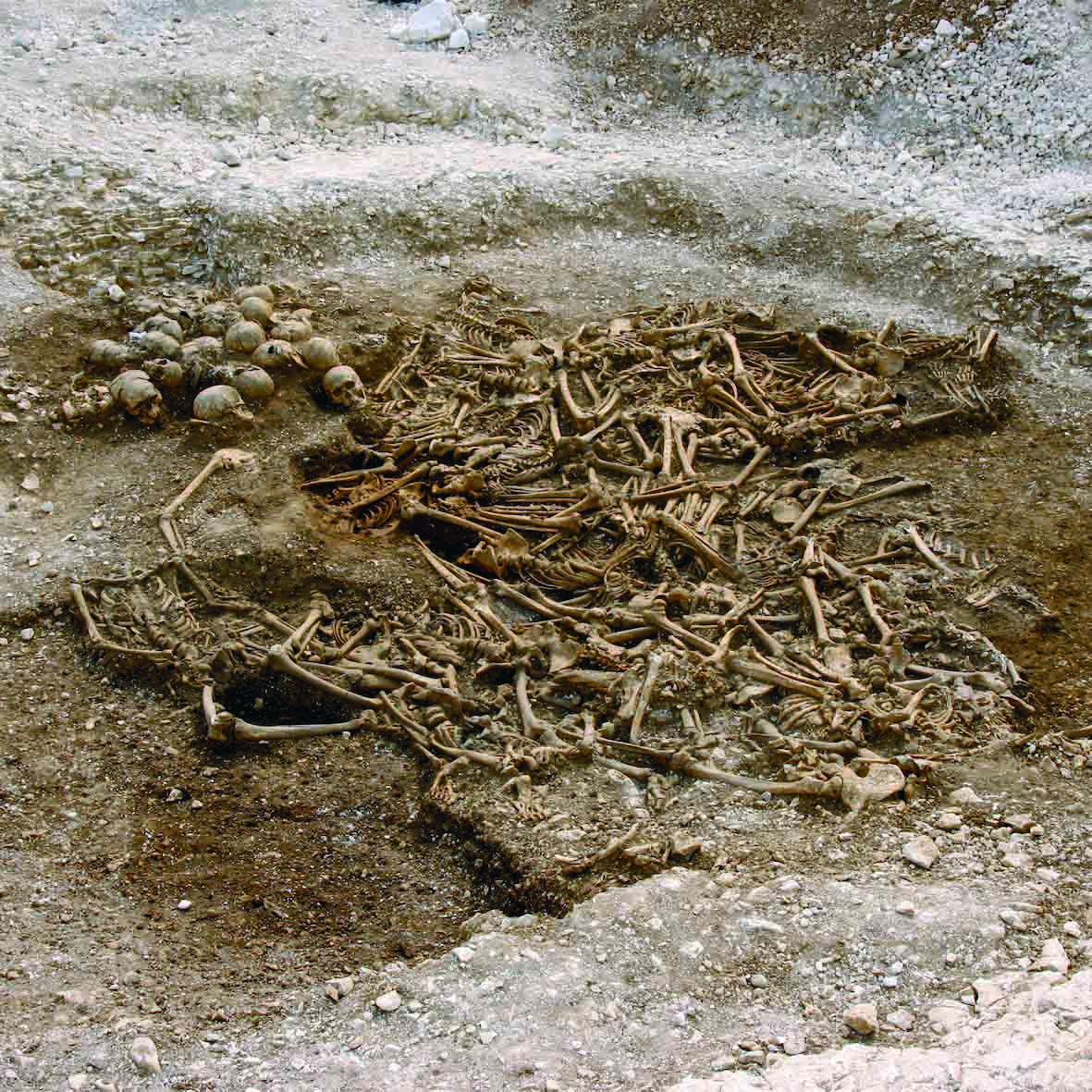
Digs & Discoveries November/December 2020
Honoring the Dead
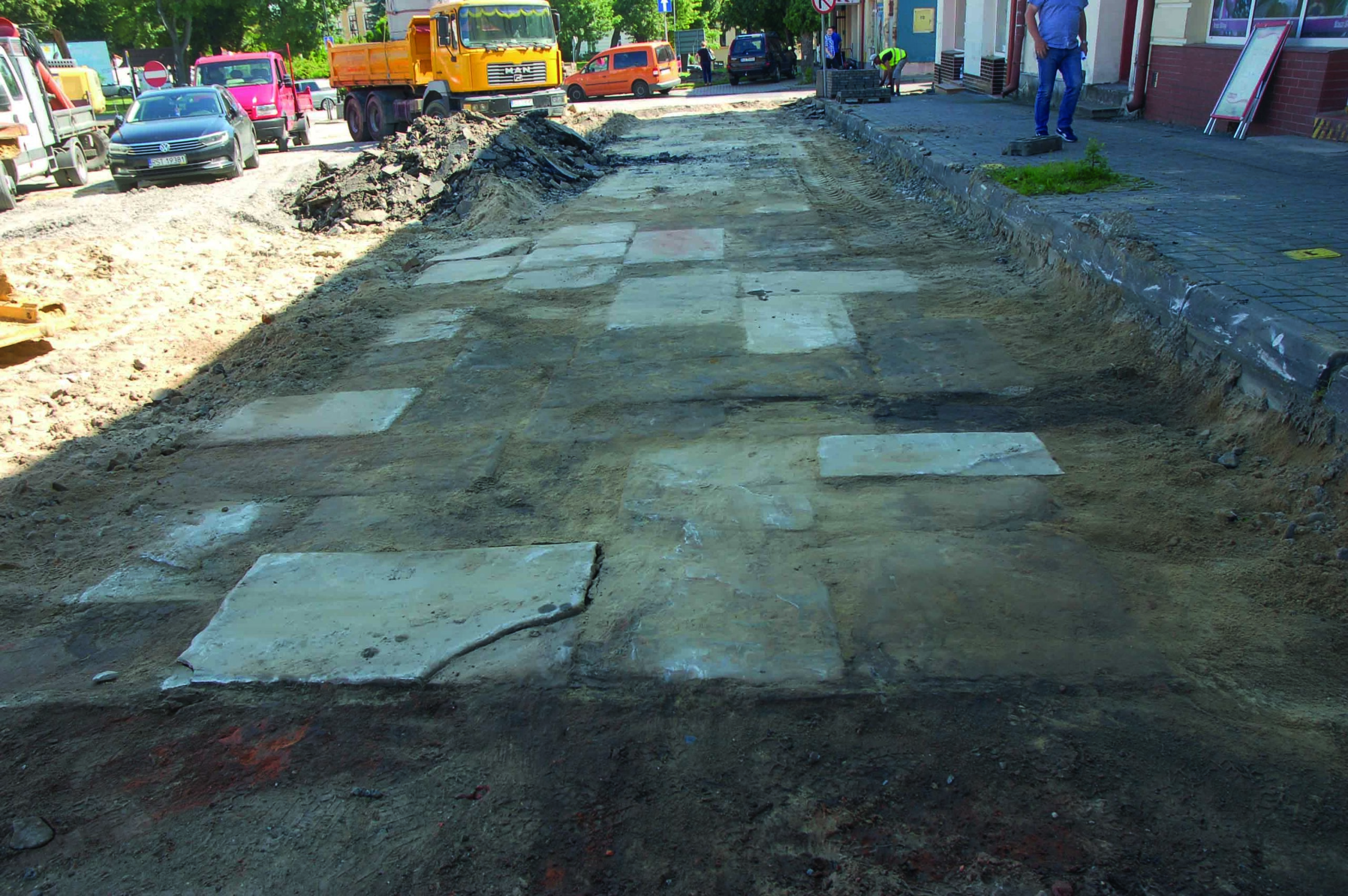
-
Features May/June 2025
A Passion for Fruit
Exploring the surprisingly rich archaeological record of berries, melons…and more
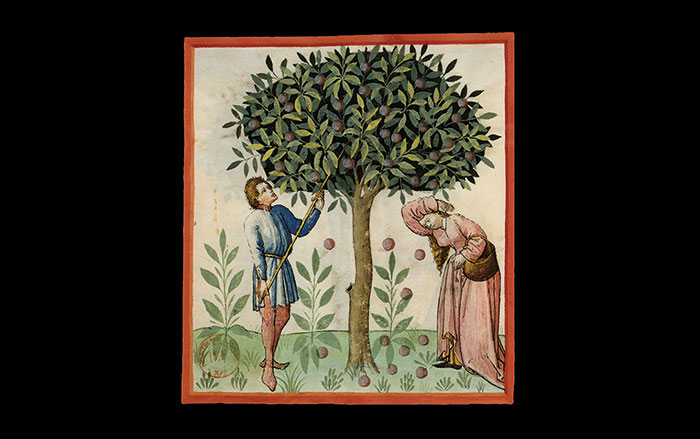 © BnF, Dist. RMN-Grand Palais/Art Resource, NY
© BnF, Dist. RMN-Grand Palais/Art Resource, NY -
Features May/June 2025
Goddess at the Crossroads
Why a city put its trust in a Greek deity feared throughout the Mediterranean world
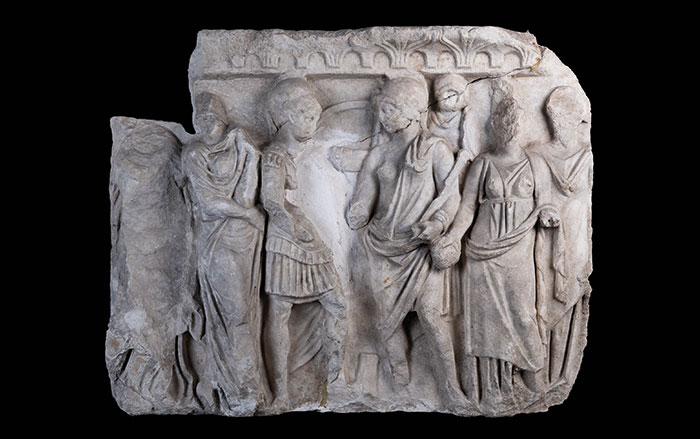 Istanbul Archaeology Museums
Istanbul Archaeology Museums -
Features May/June 2025
Desert Paradise Found
How a tiny, water-rich kingdom came to dominate vital trade routes in the Arabian Gulf 4,000 years ago
 Courtesy BACA/Moesgaard Museum
Courtesy BACA/Moesgaard Museum -
Features May/June 2025
Peru’s Timeless Threads
More than 1,000 years ago, master weavers kept the ancient traditions of the Moche culture alive
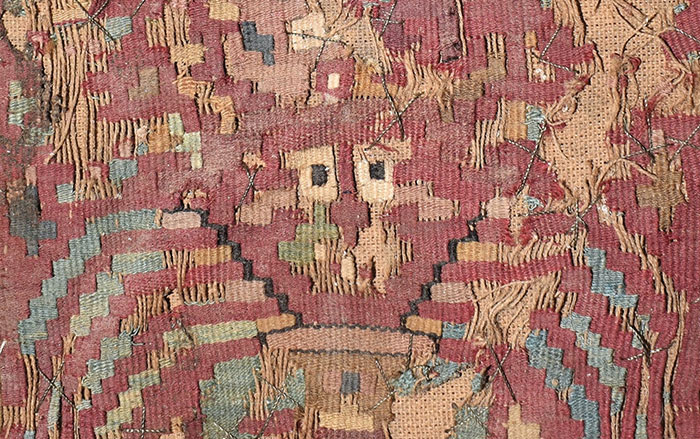 Jeffrey Quilter
Jeffrey Quilter



